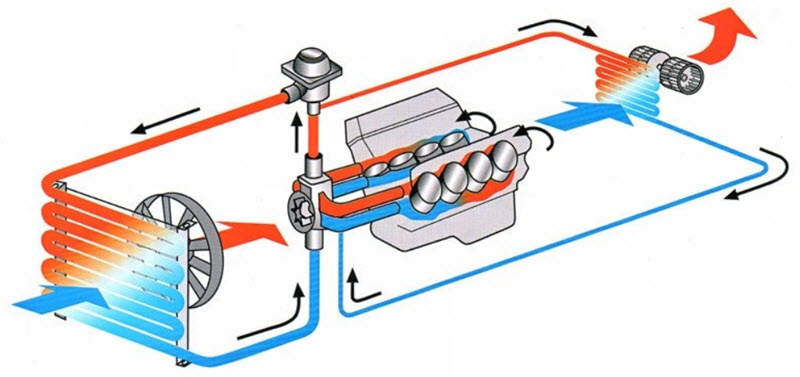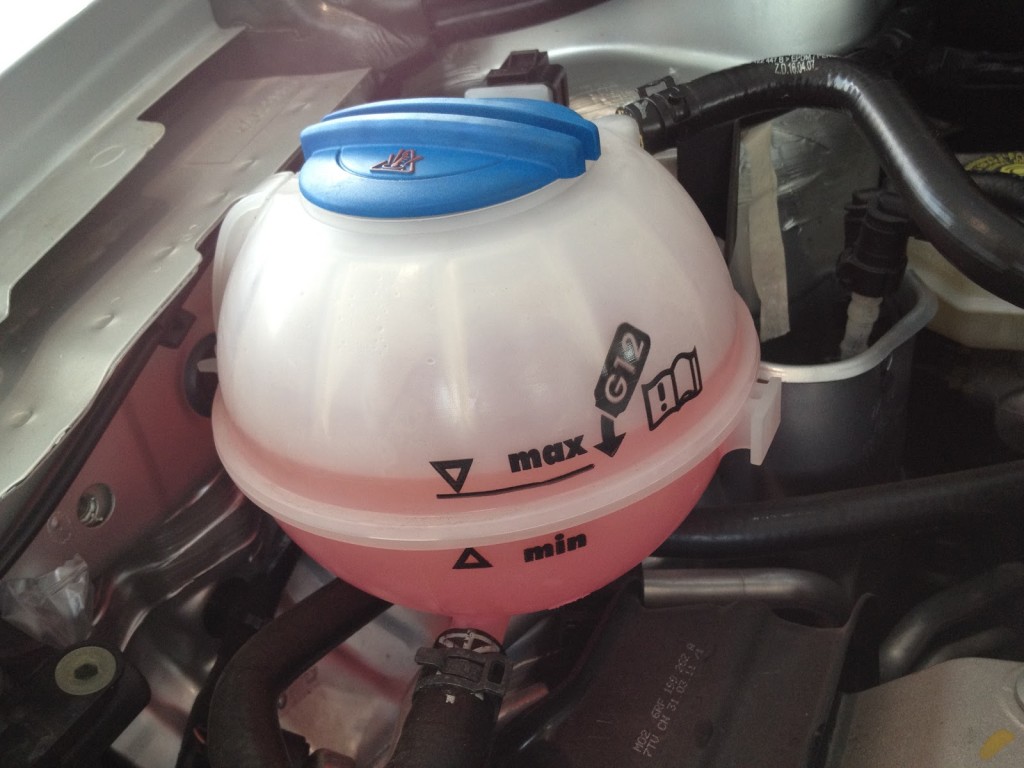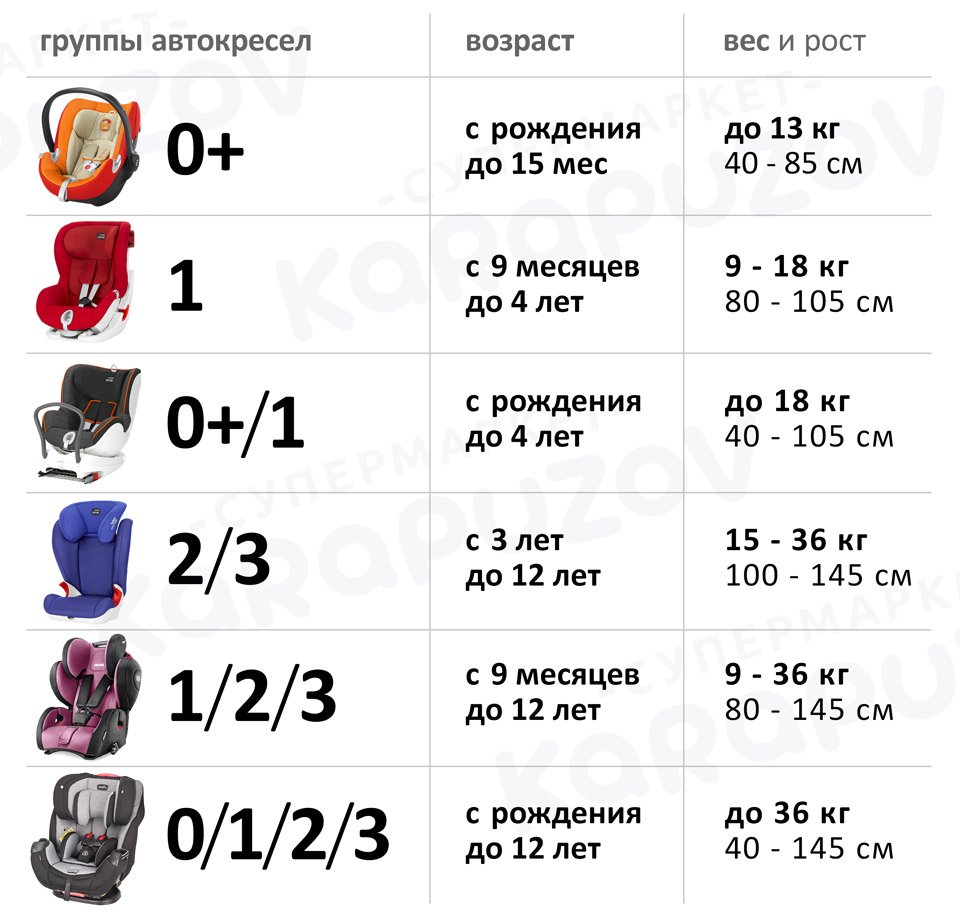
What causes the radiator to be cold and the engine to be hot
Content
There are two types of malfunction symptoms in the cooling system of an automobile engine - the engine slowly reaches its operating temperature or overheats quickly. One of the simplest methods of approximate diagnosis is to check by hand the degree of heating of the upper and lower radiator pipes.

Below we will consider why the internal combustion engine cooling system may not work well and what to do in such situations.
The principle of operation of the engine cooling system
Liquid cooling works on the principle of heat transfer to a circulating intermediate agent. It takes energy from the heated zones of the motor and transfers it to the cooler.

Hence the set of elements necessary for this:
- cooling jackets for the block and cylinder head;
- the main radiator of the cooling system with an expansion tank;
- control thermostat;
- water pump, aka pump;
- antifreeze liquid - antifreeze;
- forced cooling fan;
- heat exchangers for heat removal from units and engine lubrication system;
- interior heating radiator;
- optionally installed heating systems, additional valves, pumps and other devices associated with antifreeze flows.
Immediately after starting a cold engine, the task of the system is to quickly warm it up in order to minimize the time of operation in suboptimal mode. Therefore, the thermostat shuts off the flow of antifreeze through the radiator, returning it after passing through the engine back to the pump inlet.
Moreover, it does not matter where the thermostat valves are installed, if it is closed at the outlet of the radiator, then the liquid will not get there. The turnover goes on the so-called small circle.
As the temperature rises, the active element of the thermostat begins to move the stem, the small circle valve is gradually covered. Part of the liquid begins to circulate in a large circle, and so on until the thermostat is fully opened.
In reality, it opens completely only at maximum thermal load, since this means a limit for the system without the use of additional systems for cooling the internal combustion engine. The very principle of temperature control implies constant control of the intensity of flows.

If, nevertheless, the temperature reaches a critical value, then this means that the radiator cannot cope, and the air flow through it will be increased by turning on the forced cooling fan.
It must be understood that this is more of an emergency mode than a regular one, the fan does not regulate the temperature, but only saves the engine from overheating when the flow of incoming air is low.
Why is the bottom radiator hose cold and the top hot?
Between the pipes of the radiator there is always a certain temperature difference, since this means that part of the energy was sent to the atmosphere. But if, with sufficient warming up, one of the hoses remains cold, then this is a sign of a malfunction.
Airlock
The fluid in a normally operating system is incompressible, which ensures its normal circulation by a water pump. If for various reasons an airy area has formed in one of the internal cavities - a plug, then the pump will not be able to work normally, and a large temperature difference will occur in different parts of the antifreeze path.
Sometimes it helps to bring the pump to high speeds so that the plug is expelled by the flow into the expansion tank of the radiator - the highest point in the system, but more often you have to deal with plugs in other ways.
Most often, they occur when the system is incorrectly filled with antifreeze when replacing or topping up. You can bleed air by disconnecting one of the hoses located at the top, for example, heating the throttle.
Air is always collected at the top, it will come out and work will be restored.
Worse when it's a vapor lock due to localized overheating or infiltration of gases through a blown head gasket. Most likely it will have to resort to diagnostics and repair.
Malfunction of the impeller of the pump of the cooling system
To achieve maximum performance, the pump impeller works to the limit of its capabilities. This means the manifestation of cavitation, that is, the appearance of vacuum bubbles in the flow on the blades, as well as shock loads. The impeller may be completely or partially destroyed.


The circulation will stop, and due to natural convection, hot liquid will accumulate at the top, the bottom of the radiator and the pipe will remain cold. The motor must be stopped immediately, otherwise overheating, boiling and release of antifreeze are inevitable.
Channels in the cooling circuit are clogged
If you do not change the antifreeze for a long time, foreign deposits accumulate in the system, the results of the oxidation of metals and the decomposition of the coolant itself.
Even when replacing, all this dirt will not be washed out of the shirts, and over time it can block the channels in narrow places. The result is the same - the cessation of circulation, the difference in the temperature of the nozzles, overheating and the operation of the safety valve.


Watch this video on YouTube
Expansion tank valve not working
There is always excess pressure in the system during heating. This is what allows the liquid not to boil when its temperature, when passing through the hottest parts of the motor, significantly exceeds 100 degrees.
But the possibilities of hoses and radiators are not unlimited, if the pressure exceeds a certain threshold, then explosive depressurization is possible. Therefore, a safety valve is installed in the plug of the expansion tank or radiator.
The pressure will be released, the antifreeze will boil and be thrown out, but not much damage will happen.


If the valve is faulty and does not hold pressure at all, then at the moment the antifreeze passes near the combustion chambers with their high temperature, local boiling will begin.
In this case, the sensor will not even turn on the fan, because the average temperature is normal. The situation with steam will exactly repeat the one described above, the circulation will be disturbed, the radiator will not be able to remove heat, the temperature difference between the nozzles will increase.
Thermostat problems
The thermostat may fail when its active element is in any position. If this happens in the warm-up mode, then the liquid, having already warmed up, will continue to circulate in a small circle.
Some of it will accumulate at the top, since hot antifreeze has a lower density than cold antifreeze. The lower hose and the thermostat connection connected to it will remain cold.


Watch this video on YouTube
What to do if the lower radiator hose is cold
In most cases, the problem is related to the thermostat. Potentially, this is the most unreliable element of the system. You can measure the temperature of its nozzles using a non-contact digital thermometer, and if the temperature difference exceeds the threshold for the valves to open, then the thermostat must be removed and checked, but most likely it will have to be replaced.
The pump impeller fails much less often. This happens only in cases of frank manufacturing marriage. The pumps are also not very reliable, but their failure manifests itself quite clearly in the form of bearing noise and fluid flow through the stuffing box. Therefore, they are replaced either prophylactically, by mileage, or with these very noticeable signs.
The remaining reasons are more difficult to diagnose, it may be necessary to pressurize the system, check with a scanner, measure the temperature at its various points and other research methods from the arsenal of professional minders. And most often - the collection of anamnesis, cars rarely break down on their own.


Watch this video on YouTube
Perhaps the car was not monitored, the fluid was not changed, water was poured instead of antifreeze, repairs were entrusted to dubious specialists. A lot will be indicated by the type of expansion tank, the color of the antifreeze in it and the smell. For example. the presence of exhaust gases means a breakdown of the gasket.
If the liquid level in the expansion tank suddenly began to drop, it’s not enough just to add it. It is necessary to find out the reasons; it is absolutely impossible to drive with antifreeze leaking or leaving the cylinders.

